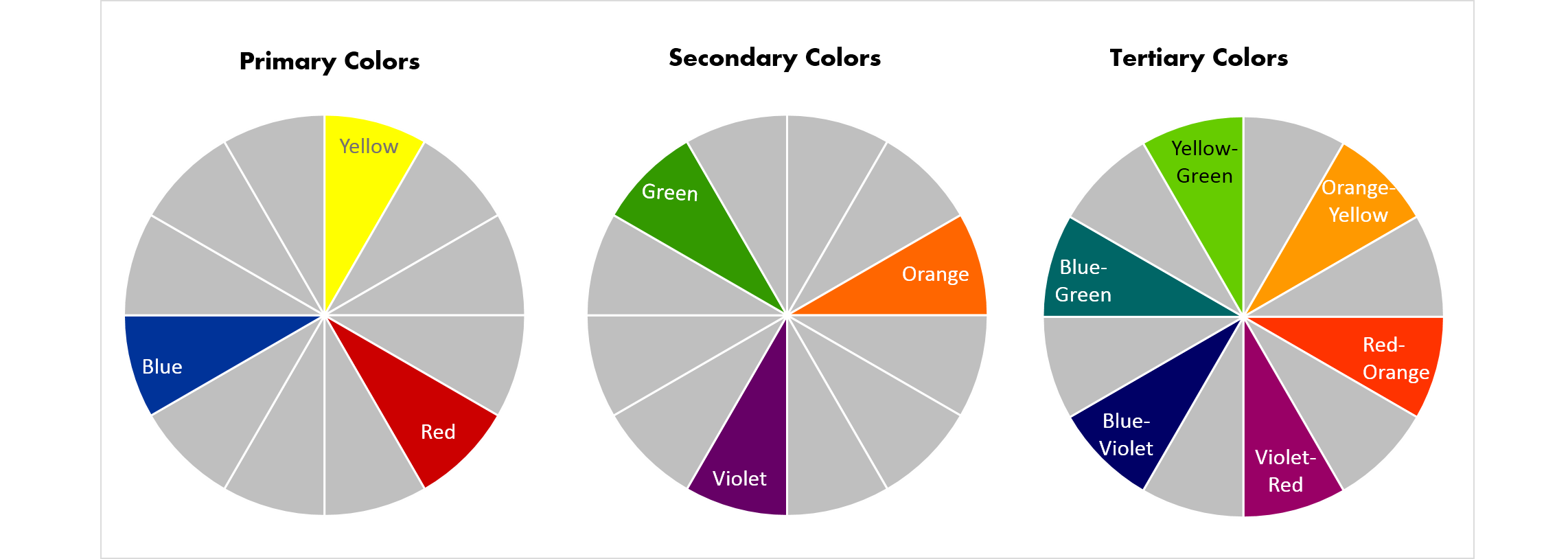
This is because black is used a lot in letters, etc., and it is to get rich black in shadows, etc. In theory, mixing all ‘three primary colors of pigment’ should be black, but it is not entirely darkened by some reflected light.Ĭolor printers use a four-color system of CMYK (cyan-magenta-yellow-black) by adding black to the three primary colors of pigments. Therefore, the three primary colors of the pigment are not ‘red-yellow-blue’ but ‘cyan-magenta-yellow’ which is the secondary color of the three primary colors of light. When two or more pigments are mixed, they get darker because most absorbable light is absorbed. three primary colors of pigmentĪn object has a specific color because the pigment in the thing reflects particular light and absorbs the rest. Primary colors are any set of colors from which most other colors can be obtained or simulated.

If you mix all three primary colors, you get white.īecause light gets brighter the more you mix it, it’s called additive mixing. In this way, the color produced by mixing two primary colors becomes a secondary color. You can create any color by adjusting the light of these three colors appropriately. Red, green, and blue are called the three primary colors of light. * Touch the screen to move the colored circles.

Yellow filter absorbs Blue light and transmits Red and Green light. Each one absorbs one of additive primary colors : Cyan absorbs Red, Magenta absorbs Green and Yellow absorbs Blue.Īdding two subtractive primary colors filters together will transmit one of the primary additive colors.Īdding all three subtractive primary color filters together will absorb all the colors of the white light spectrum as shown below.Įach filter (or pigment) absorbs its complementary color and transmits (diffusely reflects) the others.ġ. However, when a filter or colored pigment is illuminated by white light, we can observe: a) When white light impinges on a subtractive color filter, one of primary colors is absorbedī) Similarly, when white light shines on a subtractive colored pigment, the diffused light that is reflected has one of the additive primaries missing.Ĭyan, Magenta and Yellow are the subtractive primary colors. Subtractive primary colors are important in the mixing pigments in paint or ink, in color printing, color photography and overlapping multiple filters.Īs you have seen in additive mixing color demonstration, the white light can be thought as the sum of the three additive primary colors Red, Green and Blue.

Slide the color plates to see how the combination of two subtractive primary colors results in an additive primary color.įor better observation, look at the light projected on the ceiling. In this Exhibit : You push the red bottom to turn on the white light.


 0 kommentar(er)
0 kommentar(er)
